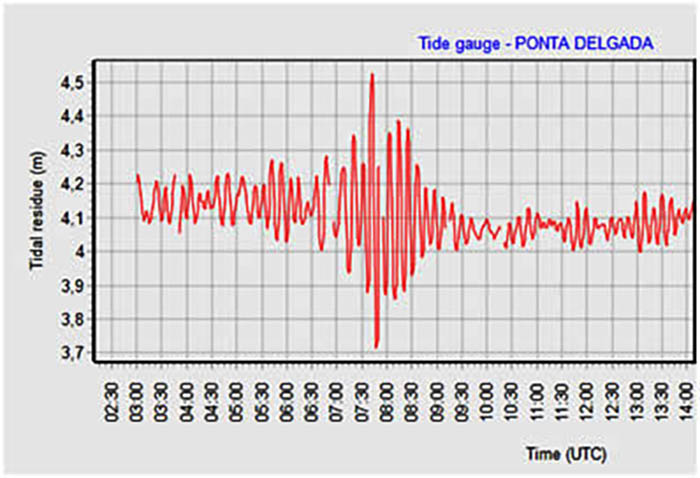The Instituto Português do Mar e da Atomsfera (IPMA) detected «sea level variations in practically all the tide gauge stations operating on the Portuguese coast, variations with amplitudes of less than half a meter», following the tsunami caused by the submarine volcanic eruption of Saturday, the 15th, near the islands of Tonga, in the Pacific Ocean.
The IPMA points out that "following the explosive eruption of the Hunga-Tonga-Hunga-Ha'apa submarine volcano, which took place on January 15, in the vicinity of the Tonga Islands, a tsunami was generated that particularly affected the Tonga Islands and several other countries with close shores, with some level of coastal destruction, although no known fatalities'.
This tsunami, generated in the Pacific Ocean, “spread through the various oceans, including the Atlantic”.
The IPMA explains that «the origin of these records is related to the atmospheric shock wave resulting from the explosion at the volcano, which spread across the globe, generating particular conditions over the oceans that potentiate the generation of a tsunami, in this case called meteorological. tsunami of volcanic origin".
Atmospheric signs of the explosion were recorded shortly after 00:16 on XNUMX January, and changes in sea level were observed in the following hours.
The highest amplitude signal, about 40 centimeters, was recorded in Ponta Delgada, Azores, and the phenomenon was observed on the island of Madeira (20 cm measured in Funchal) and on the mainland, here generally the values were below 20 cm, with except for Peniche, where 39 cm were measured.
The IPMA says it is monitoring the development of the situation.



















Comments